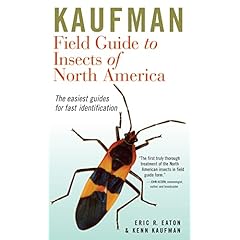
The Bald Eagle, although spectacular, is not really bald. The Northern Bald Ibis (pictured) is not really bald either. It's baldness is more an extension of its facial skin. I, on the other hand, am really bald. After having Beth give me my monthly buzzcut today, I pondered, "Do other animals go bald like humans do?"
Male pattern baldness is triggered by DHT, a powerful sex hormone (booyah!) and hair growth promoter that can adversely affect the hair and prostate. The mechanism by which DHT accomplishes this is not yet understood. In genetically-prone scalps, DHT initiates a process of follicular miniaturization. Through the process of follicular miniaturization, hair shaft width is progressively decreased until scalp hair resembles fragile vellus hair or "peach fuzz" or else becomes non-existent. Onset of hair loss sometimes begins as early as end of puberty, and is mostly genetically determined (NOT necessarily from the mother's side, I'm proof).
I did discover that a number of other primate species also experience hair loss following puberty, and some primate species clearly use an enlarged forehead, created both anatomically and through strategies such as frontal balding, to convey increased status and maturity. This made me recall seeing chimpanzees and gorillas with receding hairlines on TV documentaries. They are usually the older, more dominant males.
Alas, I could not find any information about other mammal species having any form of pattern baldness. Are there balding tigers running around the forests? Are there folicly-challenged shrews scurrying about? What about cueball whales swimming in our seas? If anyone has any info on this, please let me know.


 Beth and I finally saw
Beth and I finally saw  On my first trip to a hawkwatch, I was surprised when I heard someone call out a "mylar." I was a new birder at the time, but I had been looking at bird books all my life and had never heard of a "mylar." It turns out that they were keeping an unofficial count of loose mylar balloons. As you probably know, balloons (both rubber and mylar) are
On my first trip to a hawkwatch, I was surprised when I heard someone call out a "mylar." I was a new birder at the time, but I had been looking at bird books all my life and had never heard of a "mylar." It turns out that they were keeping an unofficial count of loose mylar balloons. As you probably know, balloons (both rubber and mylar) are 
 I recently picked up the much anticipated
I recently picked up the much anticipated 
 After discovering that my blog is
After discovering that my blog is 
